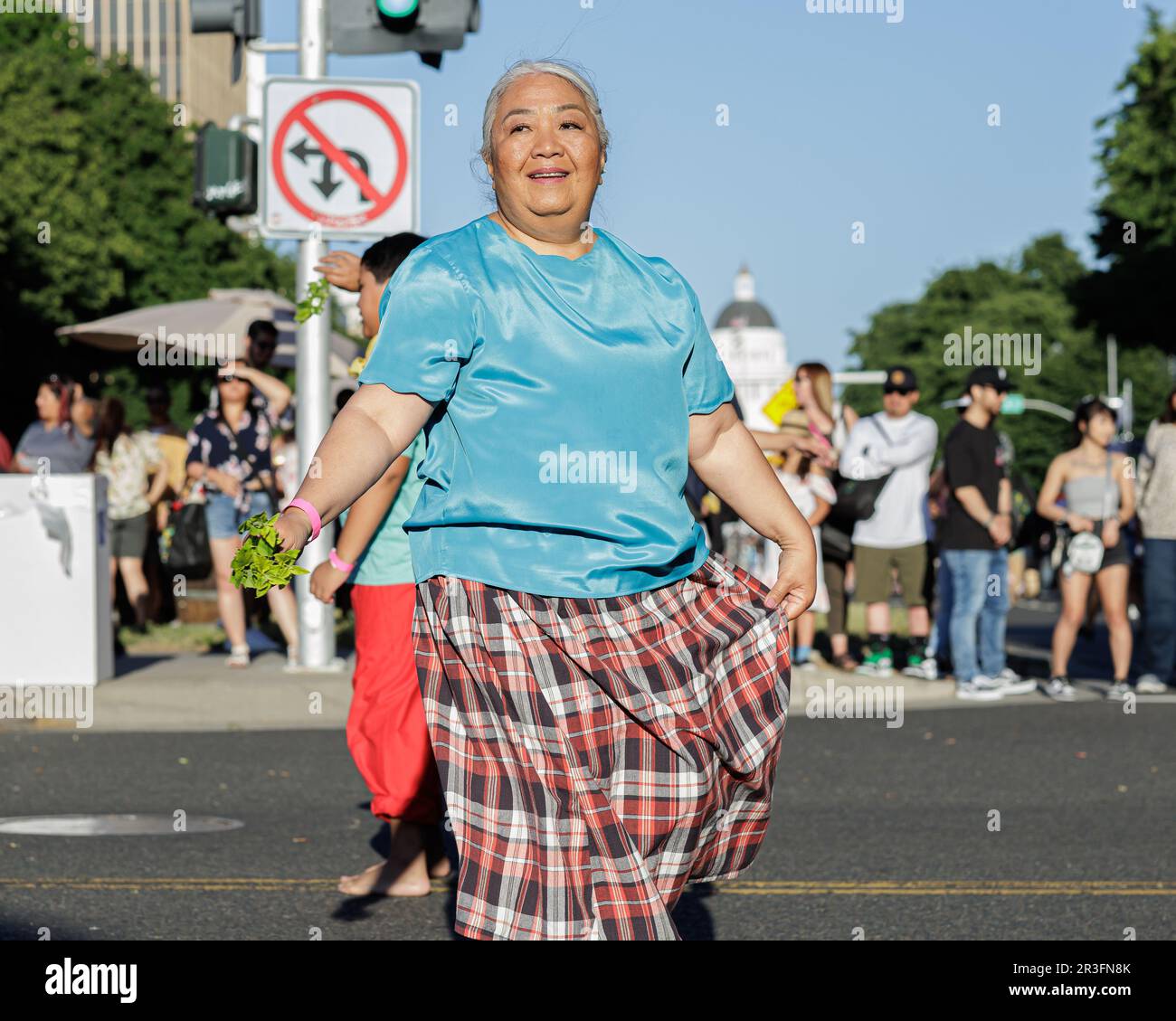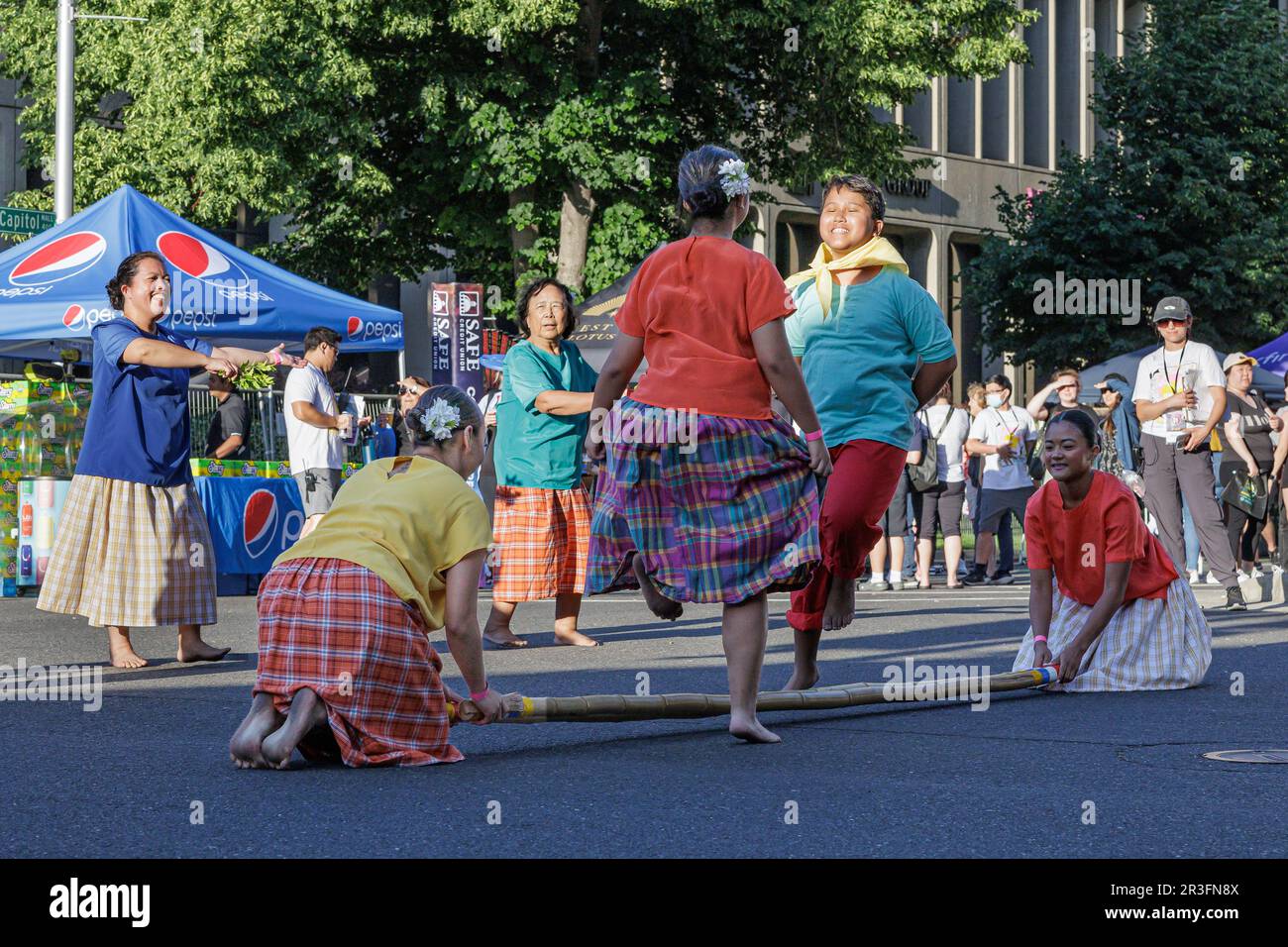Darti120
 Dreamer
Dreamer
I am not Filipino. I don't have anything to do with Filipinos. I do not have any Filipino blood within me. I wasn't born or raised in the Philippines. I just want to say that I do not want to culturally appropriate Filipino culture. I am not even Asian or Austronesian.
Hello, people! Listen up! Remember that the most important part and question of this post of mine is about the inspirations for the patterns and the colors of the krinetas(long skirts), the tartonos(long wrap-around skirts), the jarjas(the knee-length skirts of adurans), and Mayari's tied-up headbands.
When not fighting, the Andakans wear a clothing combination called a Krimota. The Krimotas include buttoned long-sleeved slender blouses called Aysaras and also long skirts called Krinetas. Krinetas are maxi long in length. Krinetas reach below and completely cover the cuboid bones of the Andakans.
I am creating a supernatural horror violent thriller mystery action story about Germanic warrior assassin females.
The title of my story is Luwalhati the Andakan.
The age range of the females are 14 to 24. These warrior females are called Andakans which are Germanic warrior females. A group of Andakans is called a Magtagot.
Andakans are raised as eternal servant bodyguard warrior maids of prestigious rich powerful German families called Senggos.
Andakans are raised to protect senggos, be maids of senggos, and cook for senggos forever. Andakans are raised to be those kinds of people towards senggos forever.
Andakans are highly religious in worshiping a group of mysterious brutal warrior deities collectively called the Sagramag. The religion of andakans is called Sagramagism. These are all because andakans are raised by Bargakats to be devout Sagramagists.
But andakans are not slaves of senggos or the Sagramag deities because andakans are free to leave their occupations as andakans anytime.
But due to their upbringing, andakans are loyal forever towards senggos and the Sagramag deities when it comes to being andakans. Andakans are willing to die for their senggos and are also willing to be eternal female monastics of Sagramag deities.
Andakans are also virgins and single. If an andakan is no longer a virgin, she cannot continue being an andakan anymore. Andakans also have to be single forever. They cannot have boyfriends or husbands. Andakans are not allowed to have children. If an andakan has children and also has a boyfriend or a husband, then she can no longer be an andakan.
Andakans are very passionate when it comes to being virgins and single because they are raised as andakans.
Senggos are rich high-class German families and rich high-class German clans of German fighters who battle supernatural monsters called aswangs. By the way, senggos live in huge beautiful mansions.
Compared to normal humans, andakans have an average lifespan of 500 years due to some supernatural means and they also do not age due to some supernatural means. Andakans do die but they do not age.
Groups of German peoples called the Bargakats are the ones responsible for putting andakans through a supernatural way that causes andakans to be able to have a lifespan of 500 years and also to stop aging. The age range when andakans stop aging is 14 to 24. Bargakats decide what age at that age range an andakan should stop aging. Bargakats typically stop the aging of an andakan in the age range 14 to 24. A member of a Bargakat is called a Bargakaton.
Bargakats also use supernatural means to increase the andakans’ various physical fitness aspects such as speed, flexibility, agility, hitting power, strength, reflexes, and endurance to the point that andakans rival or exceed average adult human males in terms of all of those physical fitness aspects. This supernatural means that bargakats use doesn't make andakans look physically buff, physically muscular, or physically bulky. In fact, most andakans are slim so they're weight would be extremely light to the point that they are able to be far faster than bulkier people. As a result of the supernatural means, andakans are more than capable of dominating and defeating average adult males in various ways of combat such as hand-to-hand combat, etc.
Bargakats are partners and allies towards senggos. Bargakats are also the ones responsible for educating andakans in various forms of education and advanced academics such as mathematics, geometry, trigonometry, religious Sagramagism studies, languages(English, etc.), medicine, astronomy, art, music, etc. These education activities of the andakans take place in places called Puredats.
As for the senggos, they are responsible for training the andakans in various warrior trainings such as martial arts, archery, gun marksmanship, stealth, assassinations, etc. Senggos also train andakans in survival skills and being able to escape many hard situations. Senggos are also the ones who train andakans in household chores(such as cleaning, sweeping, etc.) and culinary. Also, senggos are the main financial supplier of andakans.
Most andakans live in buildings and estates called Puredats which are basically mixtures of convents and academic schools. Puredats are where andakans get educated by bargakats. Most andakans live and die in puredats. Andakans spend most of their lives in puredats. Puredats are built by Bargakats but are financially funded by senggos. Puredats are for Andakans.
There are also times when andakans live in the mansions of their Senggos.
Andakans fight variations of the supernatural monsters called aswangs such as the manananggal, the mandurugo, the tik tik, etc.
At day, the manananggal is a human in full human body form. At night, that human's upper body detaches from his/her hips and his/her lower body. After that, he/she sprouts wings and he/she becomes a manananggal monster.
The image below is an example of the supernatural monster called the manananggal.

Hello, people! Listen up! Remember that the most important part and question of this post of mine is about the inspirations for the patterns and the colors of the krinetas(long skirts), the tartonos(long wrap-around skirts), the jarjas(the knee-length skirts of adurans), and Mayari's tied-up headbands.
When not fighting, the Andakans wear a clothing combination called a Krimota. The Krimotas include buttoned long-sleeved slender blouses called Aysaras and also long skirts called Krinetas. Krinetas are maxi long in length. Krinetas reach below and completely cover the cuboid bones of the Andakans.
I am creating a supernatural horror violent thriller mystery action story about Germanic warrior assassin females.
The title of my story is Luwalhati the Andakan.
The age range of the females are 14 to 24. These warrior females are called Andakans which are Germanic warrior females. A group of Andakans is called a Magtagot.
Andakans are raised as eternal servant bodyguard warrior maids of prestigious rich powerful German families called Senggos.
Andakans are raised to protect senggos, be maids of senggos, and cook for senggos forever. Andakans are raised to be those kinds of people towards senggos forever.
Andakans are highly religious in worshiping a group of mysterious brutal warrior deities collectively called the Sagramag. The religion of andakans is called Sagramagism. These are all because andakans are raised by Bargakats to be devout Sagramagists.
But andakans are not slaves of senggos or the Sagramag deities because andakans are free to leave their occupations as andakans anytime.
But due to their upbringing, andakans are loyal forever towards senggos and the Sagramag deities when it comes to being andakans. Andakans are willing to die for their senggos and are also willing to be eternal female monastics of Sagramag deities.
Andakans are also virgins and single. If an andakan is no longer a virgin, she cannot continue being an andakan anymore. Andakans also have to be single forever. They cannot have boyfriends or husbands. Andakans are not allowed to have children. If an andakan has children and also has a boyfriend or a husband, then she can no longer be an andakan.
Andakans are very passionate when it comes to being virgins and single because they are raised as andakans.
Senggos are rich high-class German families and rich high-class German clans of German fighters who battle supernatural monsters called aswangs. By the way, senggos live in huge beautiful mansions.
Compared to normal humans, andakans have an average lifespan of 500 years due to some supernatural means and they also do not age due to some supernatural means. Andakans do die but they do not age.
Groups of German peoples called the Bargakats are the ones responsible for putting andakans through a supernatural way that causes andakans to be able to have a lifespan of 500 years and also to stop aging. The age range when andakans stop aging is 14 to 24. Bargakats decide what age at that age range an andakan should stop aging. Bargakats typically stop the aging of an andakan in the age range 14 to 24. A member of a Bargakat is called a Bargakaton.
Bargakats also use supernatural means to increase the andakans’ various physical fitness aspects such as speed, flexibility, agility, hitting power, strength, reflexes, and endurance to the point that andakans rival or exceed average adult human males in terms of all of those physical fitness aspects. This supernatural means that bargakats use doesn't make andakans look physically buff, physically muscular, or physically bulky. In fact, most andakans are slim so they're weight would be extremely light to the point that they are able to be far faster than bulkier people. As a result of the supernatural means, andakans are more than capable of dominating and defeating average adult males in various ways of combat such as hand-to-hand combat, etc.
Bargakats are partners and allies towards senggos. Bargakats are also the ones responsible for educating andakans in various forms of education and advanced academics such as mathematics, geometry, trigonometry, religious Sagramagism studies, languages(English, etc.), medicine, astronomy, art, music, etc. These education activities of the andakans take place in places called Puredats.
As for the senggos, they are responsible for training the andakans in various warrior trainings such as martial arts, archery, gun marksmanship, stealth, assassinations, etc. Senggos also train andakans in survival skills and being able to escape many hard situations. Senggos are also the ones who train andakans in household chores(such as cleaning, sweeping, etc.) and culinary. Also, senggos are the main financial supplier of andakans.
Most andakans live in buildings and estates called Puredats which are basically mixtures of convents and academic schools. Puredats are where andakans get educated by bargakats. Most andakans live and die in puredats. Andakans spend most of their lives in puredats. Puredats are built by Bargakats but are financially funded by senggos. Puredats are for Andakans.
There are also times when andakans live in the mansions of their Senggos.
Andakans fight variations of the supernatural monsters called aswangs such as the manananggal, the mandurugo, the tik tik, etc.
At day, the manananggal is a human in full human body form. At night, that human's upper body detaches from his/her hips and his/her lower body. After that, he/she sprouts wings and he/she becomes a manananggal monster.
The image below is an example of the supernatural monster called the manananggal.












 Myth Weaver
Myth Weaver Istar
Istar